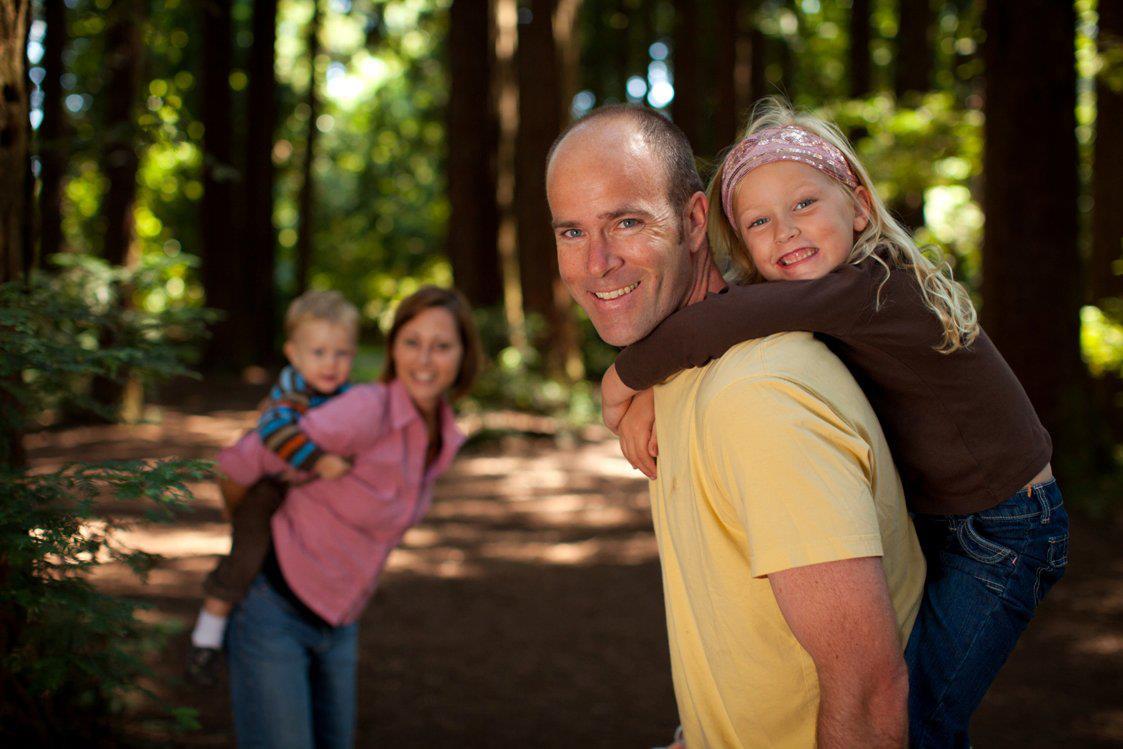Michael Brune is taking his family on a road trip for their summer vacation.
Moab is one of the planned stops along the way.
While he’s here, the executive director of the Sierra Club will present “The Value of Utah’s Public Lands” at 6:30 p.m., Tuesday, June 11 at Star Hall.
Brune decided to combine work with the family’s road trip from their home in Alameda, Calif., to Colorado to attend a friend’s wedding.
“He talked to staff and volunteers and said ‘why don’t I use that opportunity to educate the public and excite Sierra Club members about getting some of these proposed areas as national monuments,’” said Dan Chu, the director of the “Wild America” campaign for the Sierra Club.
The Outdoor Industry Association sent President Barack Obama a letter in November asking him to create the Greater Canyonlands National Monument by presidential proclamation. The proposed national monument would include 1.4 million acres surrounding Canyonlands National Park that are now managed by the Bureau of Land Management.
Brune will be taking some time to hike in Greater Canyonlands area during his trip. Other stops along the way also highlight areas that have either been recently made a national monument, or are proposed to be a national monument as part of the “Wild America” campaign.
The “Wild America” campaign is a grass roots movement to secure permanent protection for significant landscapes and advocating for responsible wildlife and lands management.
“After Moab he will be going to Brown’s Canyon on the Arkansas River in Colorado,” Chu said. “There is momentum gaining to get that place designated as a national monument.”
Senator Mark Udall made a proposal in March 2012 to make the Brown’s Canyon wilderness study area the Arkansas River Canyon National Monument to protect 22,000 acres for recreation.
Brune will also be visiting Chimney Rock National Monument, which features a 1000-year-old Anasazi community. The 4,726-acre monument is on formerly United State Forest Service land between Durango and Pagosa Springs. President Obama proclaimed the monument in September 2012.
He will also be visiting Rio del Norte National Monument in New Mexico. The 242,455-acre monument was proclaimed a national monument by President Obama on March 25. The area includes the Rio Grande Gorge and surrounding lands that had been managed by the BLM.
“He will also swing over to Grand Canyon and talk to tribes and other supporters on the South Rim about proposed uranium mines,” Chu said.
Protecting the Greater Canyonlands area is important to both the Sierra Club and to Chu.
As a student at Colorado University, Boulder, Chu would make the trek to Canyonlands every April.
“Greater Canyonlands is a national treasure. There is no other place on the planet as unique,” Chu said.
Canyonlands National Park is now 337,570 acres. “Creating a much larger national monument would add a million acres to that. It would create a buffer to protect recreational and wildlife values for both America and the local community.”
John Davis will be making a stop in Moab as well to speak to the audience. Davis is in the middle of a 10-month trek from Mexico to Canada as part of the Wildlands Network Trekwest. The 7500-mile trip is all “human-powered”, as he bikes, hikes, and paddles north along the spine of the Rocky Mountains.
Following the presentation will be a panel that will include representatives from Southern Utah Wildnerness Alliance and Grand Canyon Trust regarding the Greater Canyonlands National Monument.
Chu said the presidential proclamation process of establishing a national monument has been an effective tool for over 100 years to designated areas for permanent protection.
He cited the example of President Bill Clinton using the antiquities act to establish the Grand Staircase- Escalante National Monument to protect 1.7 million acres.
“We, along with our partners, are concerned about imminent threats from tar sand development, oil and gas leasing and the increase in illegal trails from off-road vehicle use,” Chu said. “These are things that would come into focus if this is designated as a national monument. Recreation, wildlife and scenic values would have much more priority in management planning if it was designated as a national monument.”
Marc Thomas who has been working with the Glen Canyon Group of the Sierra Club here in Moab for the last six years believes it is very appropriate to have Brune visit here.
“I view this area as the epicenter of the environmental movement,” Thomas said. “It’s our iconic landscape. Around the world, Moab and Southeastern Utah are celebrated for its iconic landscapes.”
He pointed out that with the vast amount of public land that is in Grand County, only six percent is protected public land, such as a national park.
“There is a whole swath of land that is not protected from impacts like mineral extraction or privatization. That’s what I’m concerned about,” Thomas said. “A whole lot of the land could be privatized or access could be curtailed.”
He said that Tuesday’s event will address the benefits one gets from having protected public land and to celebrate all the benefits that flow from having public land within one’s backyard.
“We’ll also get into providing information about what Greater Canyonlands National Monument would give to this area,” Thomas said.
What: The Value of Utah’s Public Lands
Featuring Michael Brune, executive director of the Sierra Club
When: 6:30 to 8:30 p.m., Tuesday, June 11
Where: Star Hall, 125 E. Center St.
Panel discussion regarding the proposed Greater Canyonlands National Monument to follow with Matt Gross from SUWA, Dan Chu from Sierra Club, Rose Chilcoat from Great Old Broads for Wilderness, Jay Banta from Backcountry Hunters and Anglers, Laura Kamala from Grand Canyon Trust. Nathan Waggoner, an outfitter and business owner from Escalante.




